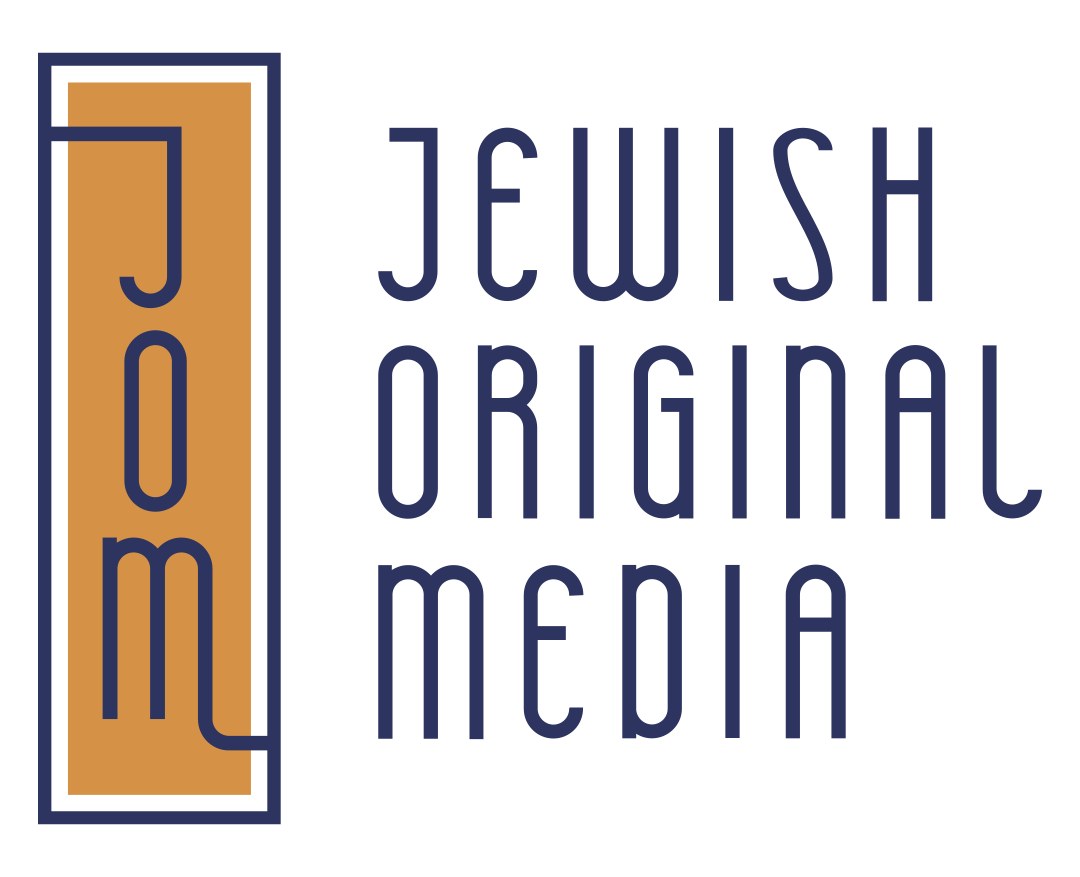The Establishment of the Vilna Ghetto
In 1939, the Vilna region was home to a thriving Jewish community, with a population of over 55,000 Jews, including 12,000-15,000 refugees from German-occupied Poland. On September 6, 1941, the Civil Administration in Lithuania officially established the Vilna Ghetto in the old Jewish quarter. The decision was preceded by a tragic event known as “The Great Provocation,” an aktion that took place between August 31 and September 2, resulting in the mass murder of thousands of Jews.
The Division of the Ghetto and the Fate of its Inhabitants
The Nazis created two distinct ghettos to segregate Jews based on their perceived ability to work. Ghetto I, the larger of the two, housed 30,000 Jews initially deemed capable of labor, while Ghetto II was home to 11,000 Jews considered unfit for work. During the establishment of the ghettos, approximately 6,000 Jews were deported to Lukiszki prison and then to Ponary, where they likely met their untimely deaths.
Shortly after its creation, Ghetto II faced liquidation on September 15, 1941, with only 2,000-3,000 Jews managing to survive by transferring to Ghetto I. By the end of 1941, the Jewish population in Vilna had dwindled to just 20,000.
The United Partisan Organization: A Symbol of Resistance
Aware of the looming threat of total annihilation, the United Partisan Organization was formed in 1942 within the Vilna Ghetto. Comprised mainly of young individuals, the group created hiding places for weapons and prepared to fight the Germans. Many of these brave fighters eventually escaped the ghetto through sewers and joined other partisan units in the Rudninkai and Naroch forests outside the city.
The Final Liquidation and the Aftermath
The final liquidation of the Vilna Ghetto began in late September 1943. Children, the elderly, and the sick were sent to the Sobibor extermination camp or were among the 100,000 innocent people shot in Ponary. The surviving men were sent to a labor camp in Estonia, while the surviving women were sent to a labor camp in Latvia. Alongside the liquidation, the Germans forced Jewish laborers to open mass graves at Ponary and burn the corpses in an attempt to erase evidence of their heinous crimes.
Cultural Life Amidst Adversity
Despite the dire circumstances, the Vilna Ghetto was home to a vibrant cultural life, including theatrical performances. This rich cultural environment stood as a testament to the resilience of the Jewish spirit even in the face of unimaginable adversity. Soviet forces eventually liberated the ghetto in July 1944.
Resources:
Yad Vashem – https://www.yadvashem.org/yv/en/exhibitions/vilna/during/ghetto_establishment.asp
United States Holocaust Memorial Museum – https://encyclopedia.ushmm.org/content/en/article/vilna
World ORT – https://holocaustmusic.ort.org/places/ghettos/vilna/


